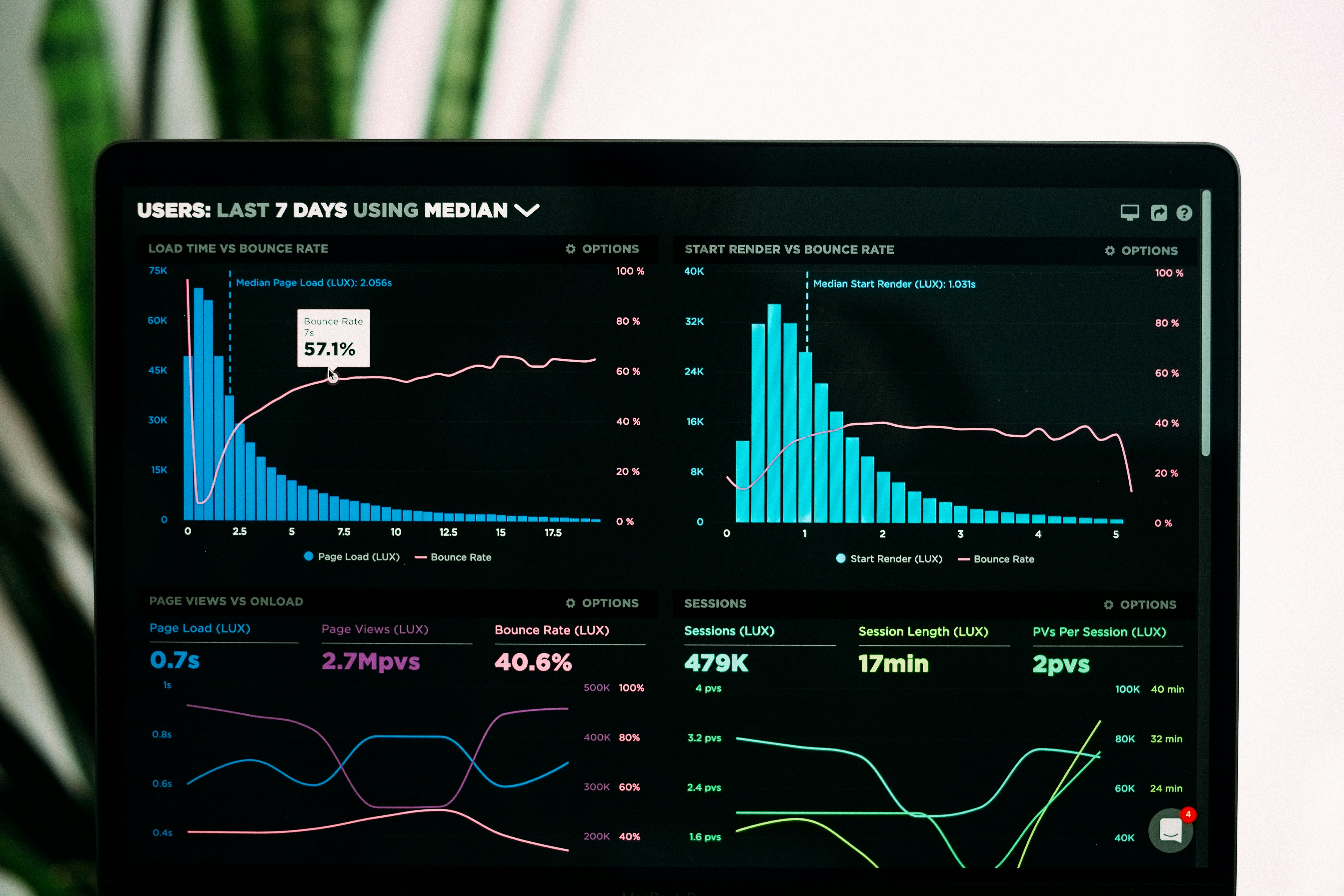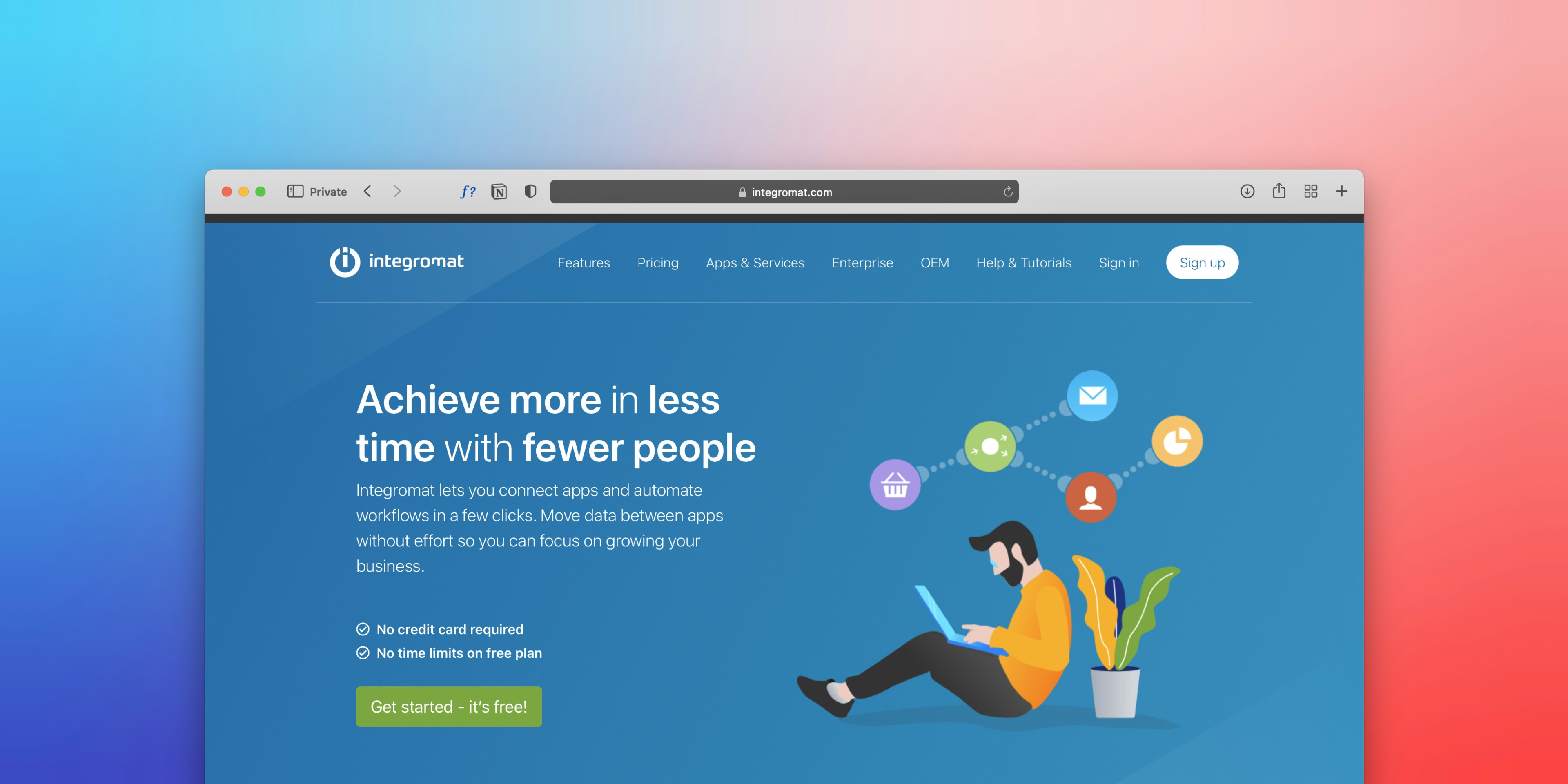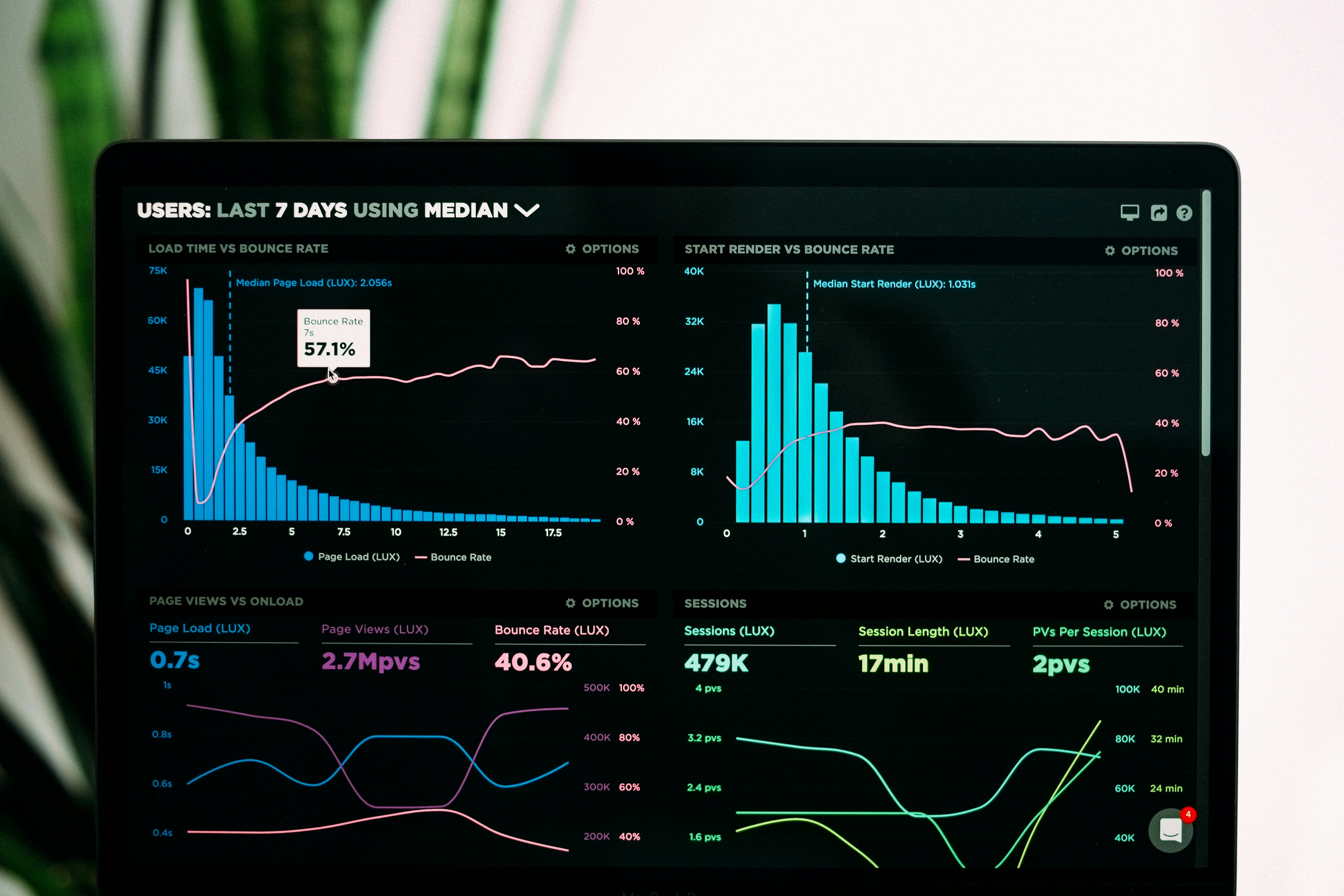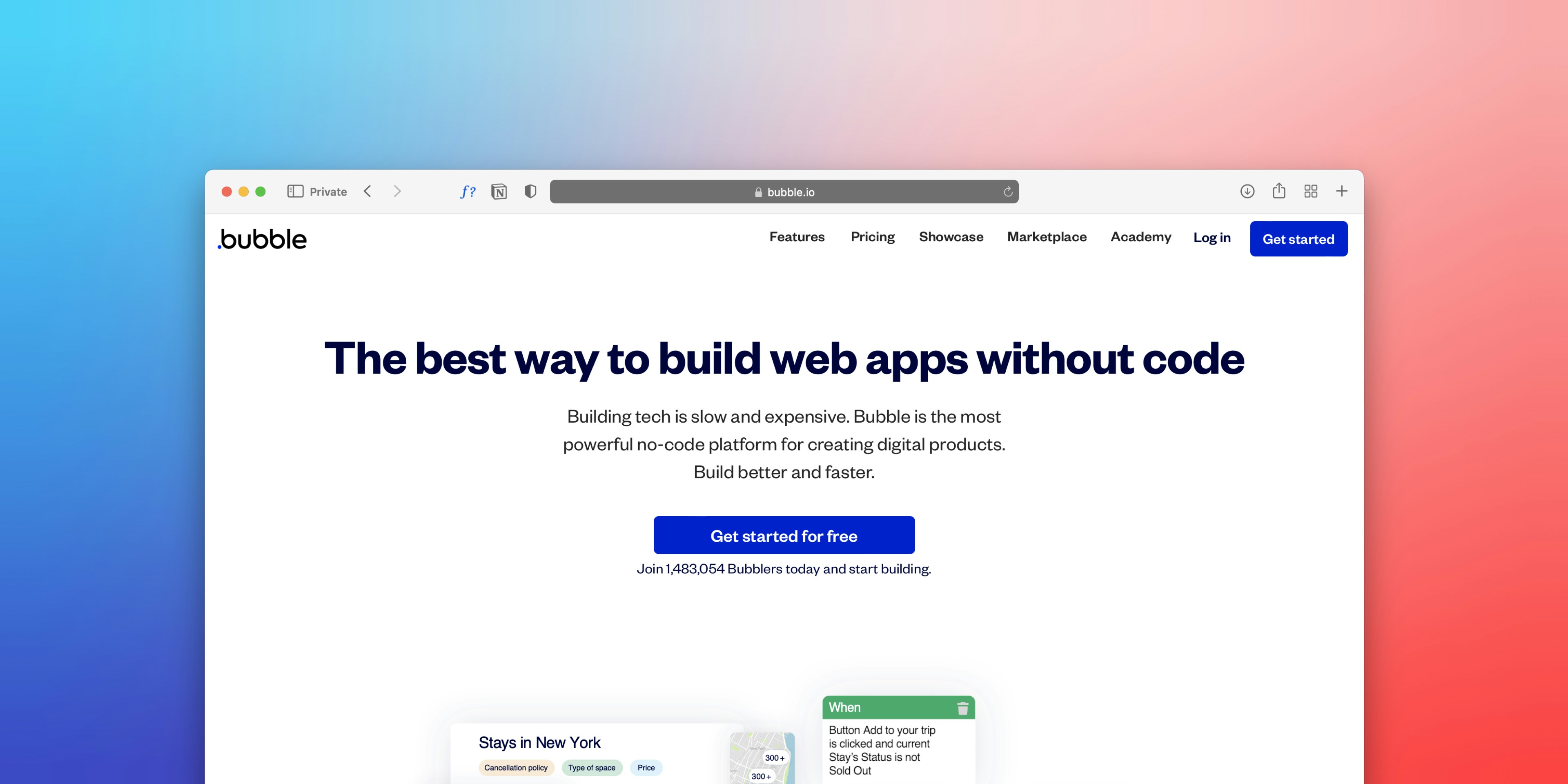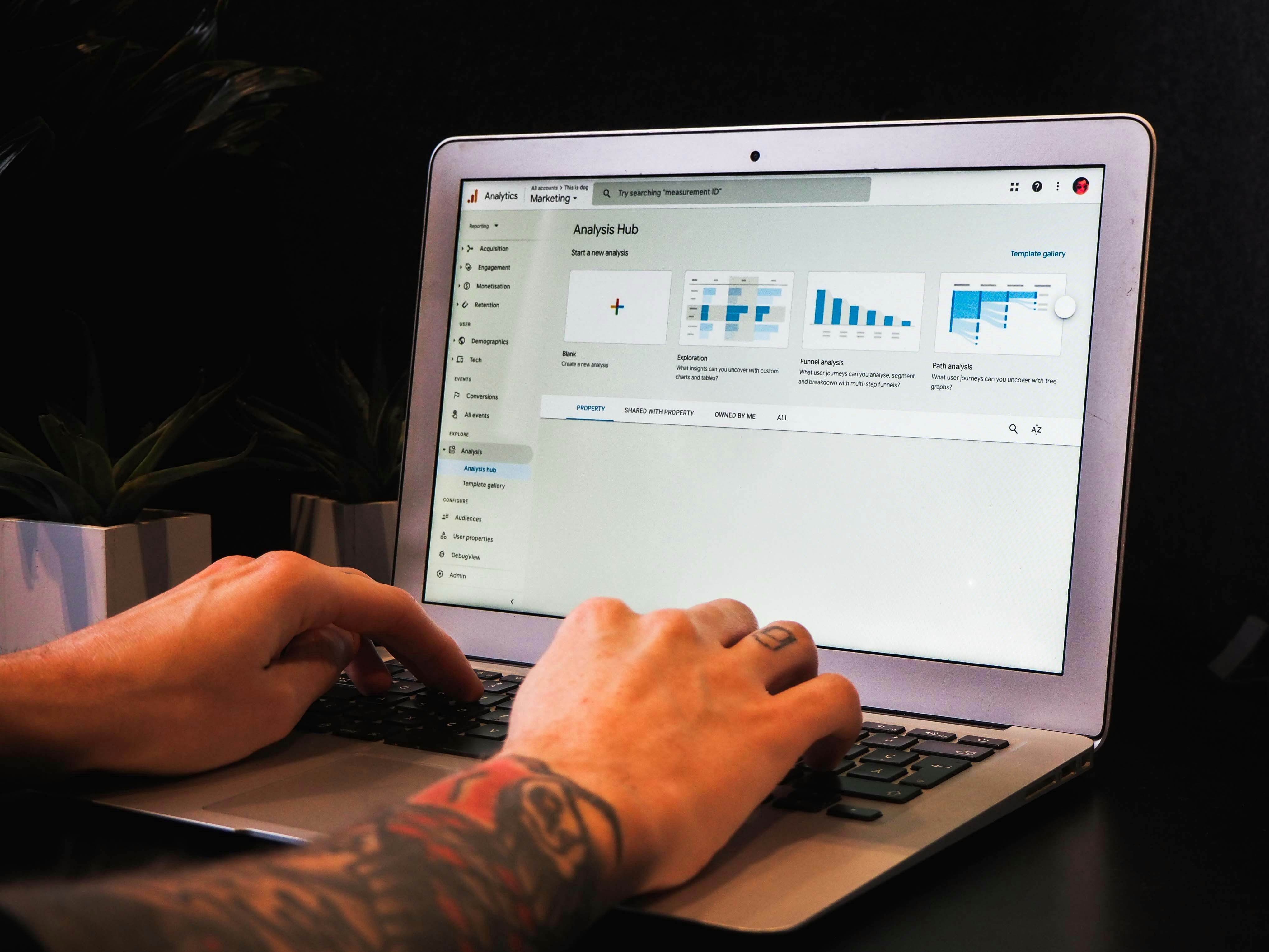What Is the GDPR and How Do You Ensure Your Website Complies?
Anyone who manages a website collects, to a greater or lesser extent, data from visitors. Think of names and email addresses via a contact form, newsletter subscriptions, or even payment details in a webshop. Collecting personal data comes with responsibility: how do you make sure this information is processed securely and that your website complies with the law? In Europe, the General Data Protection Regulation (GDPR)—known in Dutch as the Algemene Verordening Gegevensbescherming (AVG)—applies.
In this article, you’ll learn what the GDPR entails and what steps you can take to make your website GDPR-compliant.
What Does the GDPR Actually Mean?
The GDPR has been in effect since 2018 and aims to better protect the privacy of individuals. The law requires companies and organizations to be transparent about the way they collect and use data. This means you must inform visitors about what information you store, why you do so, and how long you keep it. In addition, people must always have the option to access, correct, or completely delete their data.
One of the core principles of the GDPR is data minimization: only collect the data you really need. If you only require an email address for a newsletter, there’s no need to also ask for a phone number. Security is equally important: you are obliged to take appropriate measures to prevent data leaks or misuse.
The Role of a Clear Privacy Policy
A privacy policy is mandatory for almost every website. In this document, you explain what personal data you process and for what purpose. You should also describe how long the data is stored, whether it is shared with third parties, and how visitors can exercise their rights. It’s best to place this document in an easily accessible location, such as the footer of your website.
A transparent privacy policy builds trust and demonstrates that you handle personal information with care. For webshops and companies processing sensitive data, this is an essential element of a GDPR-compliant website.
The Importance of a Valid Cookie Notice
Almost every website uses cookies. Some are technically necessary, while others collect information for marketing or analytics purposes. As soon as cookies store personal data or track visitors, you must obtain consent.
A proper cookie notice allows visitors to choose which cookies they accept. Only “essential” cookies may be enabled by default. Tools like Cookiebot or Complianz can help you implement a transparent and legally valid cookie banner. Don’t forget that users must also be able to adjust their preferences later.
Handling Personal Data Securely
The GDPR requires that personal data is well protected. This starts with an SSL certificate so your website is accessible via https:// instead of http://. It is also wise to use strong passwords and two-factor authentication for accounts that have access to sensitive information. Regular updates of your CMS and plugins are equally important to prevent security vulnerabilities.
By taking these basic measures, you significantly reduce the risk of data breaches and bring your website more in line with GDPR requirements.
Consent for Forms and Newsletters
If you offer a newsletter or a contact form on your website, you are required to obtain explicit consent. This means no pre-ticked checkboxes—the user must actively choose. You should also clearly state the purpose, for example: “You will receive no more than one newsletter per week.” And, of course, unsubscribing must always be quick and easy.
Working with Third Parties
Many websites use external services such as hosting providers, payment processors (like Mollie or PayPal), or email marketing tools like Mailchimp. These parties also process personal data on your behalf. The GDPR requires you to sign a data processing agreement with them, outlining how they handle the data and what security measures they apply. Most large service providers offer standard agreements that are easy to download and sign.
Safeguarding Visitor Rights
Finally, it’s important to have a process in place that allows visitors to exercise their rights easily. They must be able to access, correct, or delete their personal data. This can be arranged through a dedicated contact form, a specific email address for privacy inquiries, or even an automated system that lets users manage their data themselves. Setting this up properly shows that you take GDPR compliance seriously and respect personal data.





